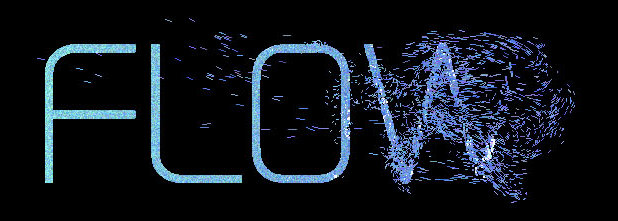Markéta Gebrian, Jindřich Ráftl | Smart Structures in Virtual Reality: Social VR Spaces
Architecture by its nature is spatial; Virtual Reality leans very strongly on spatial experience to give the feeling of immersion. What would the combination of these two worlds mean for architecture and architects? How can we imagine a space that would be created in virtual reality for people connected to the Internet for virtual meetings of people’s avatars? We wanted to try to visualize in virtual reality some actions happening on the internet; virtual meetings online. What if we create an environment that is not meant to be ever built? What if we free our fantasy and we create spaces where you can teleport to places, fly, where you can experience something different than on Earth.
The phenomenon of moving a significant part of human activity to the virtual interface currently represented by the Internet completely changed the character of the link between the place and space that previously had similar connection and activities. Most considerations on this topic are based on the concept of parallel worlds: virtual reality and physical reality. Architecture now is designed mostly in the digital space, first exists in the form of an electronic image. The environment is influenced and shaped by human activity and its resulting externalities. The emerging spheres of space (environments) are moving into the virtual-intangible world. In fact, the virtual environment may not correspond with the reality. At present, the environment is made up of game designers and IT professionals. These creators have great computer skills for creating the 3D environment, but they have no experience with the creation of a space that will be directly perceived by the people who will be in it. The connection architecture-virtual reality is already under investigation for a long time. For example, Michael Benedikt (1992), features a very wide overview of VR applications 25-30 years ago. What is new today, is the increased power of computers to offer higher quality models at improved resolution to bring them closer to reality, the widening of hardware platforms to which this technology is available (smartphones, tablets), and the link with social media that create networks between people. Our idea and research is called: Smart Structures in Virtual Reality. We want to exploit and explore the artistic sensibilities of virtual spaces and move away from traditional and functional displays and metaphors of architecture. Virtual structures could roam above specific cities, in our case we tested random computer city. Structures are something like a virtual computer-generated chat rooms, that exists only when it is used.
Our Method was research by design. We developed a prototype, the 3D floral structure in Rhinoceros with cocoons for meeting people in VR. We were inspired by: the film of Tim Burton Alice in Wonderland, then film MATRIX, AVATAR, Smart Structures, parametric architecture, videogames, fashion of Iris van Herpen, art of Kevin Mack and from nature. We tested our idea in VR in small scale in an environment of a VR gallery. The second idea was to let the Flower bloom in bigger scale. We decided that our Magic Flower will create Virtual Gardens in a city. We choose the city of Barcelona and designed places for virtual meetings in VR Barcelona. We were inspired by the local floral, organic architecture of Antoni Gaudí. We changed scale of the Magic Flower. We decided that our virtual garden would grow in green courts of Barcelona block and trees around them according to Cerdà’s urban plan for Barcelona. Later we knew that we would use also existing green areas in the city like the park, trees, green balconies etc. For Barcelona prototype, we created new 3D models in Rhinoceros, called Gaudian Fantasy Gardens. We did some renderings and collages of that idea. Then the next prototype was used to test a 3D projector, we made a 3D animation. For the 3D animation, we had a random computer city. In total, we created 3D models in Rhinoceros, Blender, Unreal Engine - Epic Games, 3D animation, objects in VR, plus, renderings and collages. We dream about interconnection of virtual and augmented reality. It means that in the future you could sit at home with VR headset and be meeting your friend in some VR city in our imaginary structures and people who will be in that spot would see your chat room in AR as a new virtual layer of real city. VR world would be visible in AR in the real city, but with recent technology this approach is not possible yet.
The founder of social media, Chris Zilles set a crucial question to the field, asking if the social virtual world might reach such success that the users might be eager for every possible escape to it. As opposed to it, Hensel and Sørensen discuss VR and AR from the side of a design tool for the physical world. Picon relates to the topic of the fusion of such: "Our very perception of space will in its turns be affected by these physical changes. Films like Johnny Mnemonic, Matrix or Minority Report have envisaged changes in the perception of ordinary space brought about by the development of sophisticated interfaces between ordinary and digital space. The notion of enhanced or increased reality suggests a different materiality made possible by the hybridization of the physical and digital. While this hybridization is not fully developed, some features of the displacement of materiality are already evident.". We would agree with him. Our speculation is that the two can perform as lived ambient realities. Architecture can be more than physical built environment. All this is a beginning for new architecture and new aesthetics to be developed into spaces in virtual reality and it is a new platform for architects to work with virtual reality. In fact, there now architects who design architecture just for VR, for example, mi5vr office. They claim: "Digital Era is redefining in a disrupted way our daily life experience. We are inhabiting virtual and physical scenarios simultaneously. We, the Architects, have a commitment to this amplified personal space". There is an enormous potential in virtual reality because it can be a significant contribution to the field of architecture. All the fantasies that architects had for centuries can be realized in VR. We could visit unbuilt projects, utopian projects from the past or we as architects can be inspired by art from film spaces, games. So now the question is: “Now that we can do anything, what will we do?” quote of Bruce Mau. We can design space in virtual reality for relationships that cannot be realized in personal contact in the moment. |
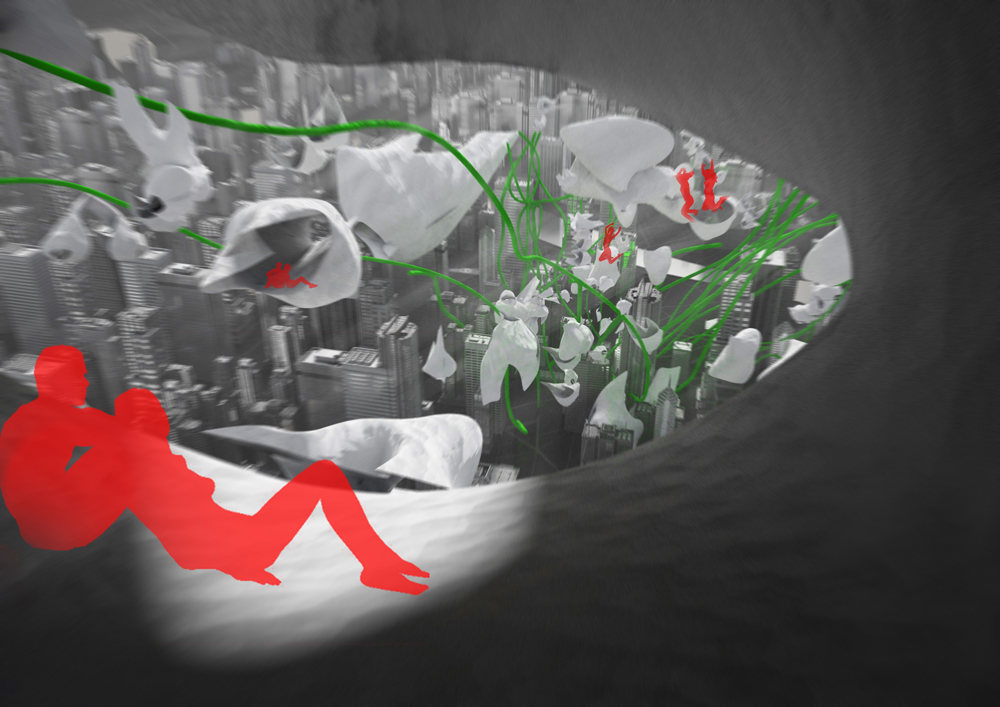
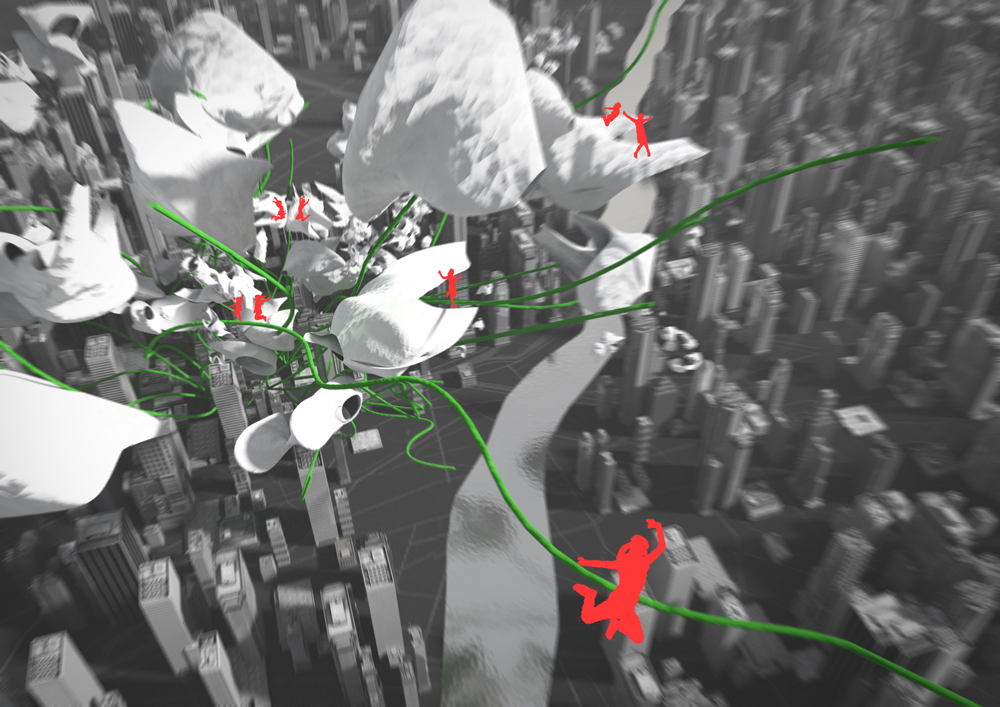
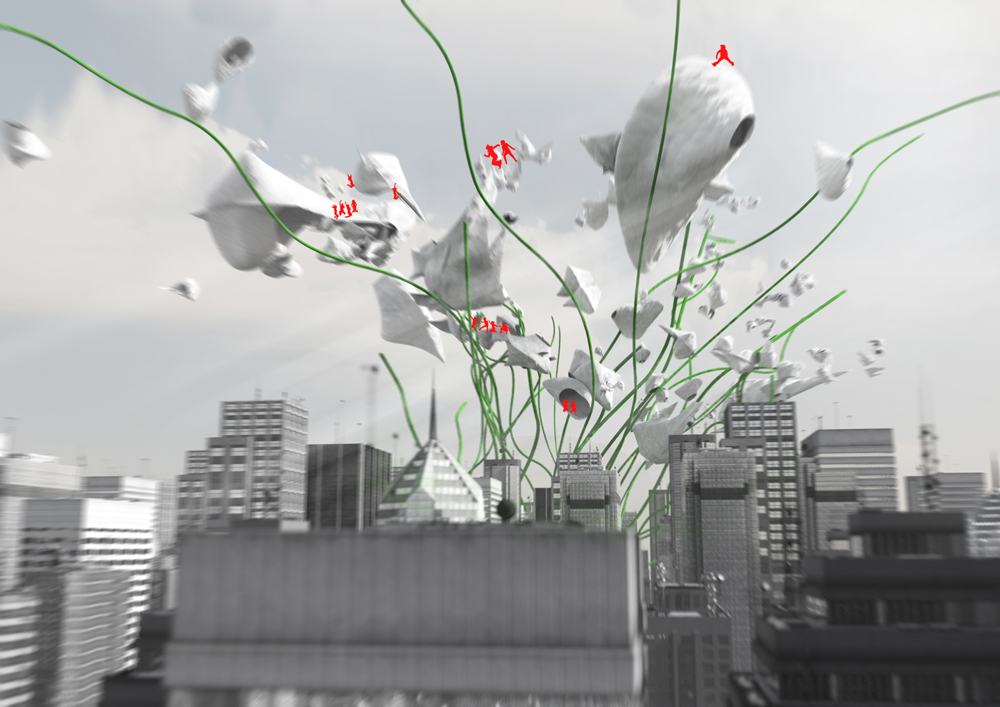
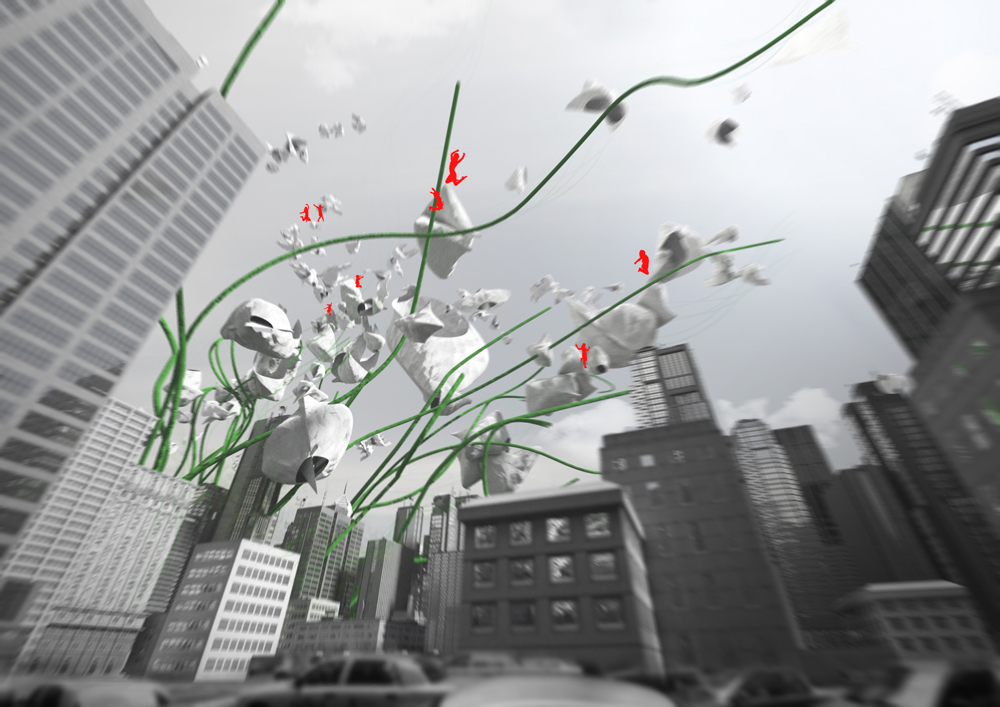
|
